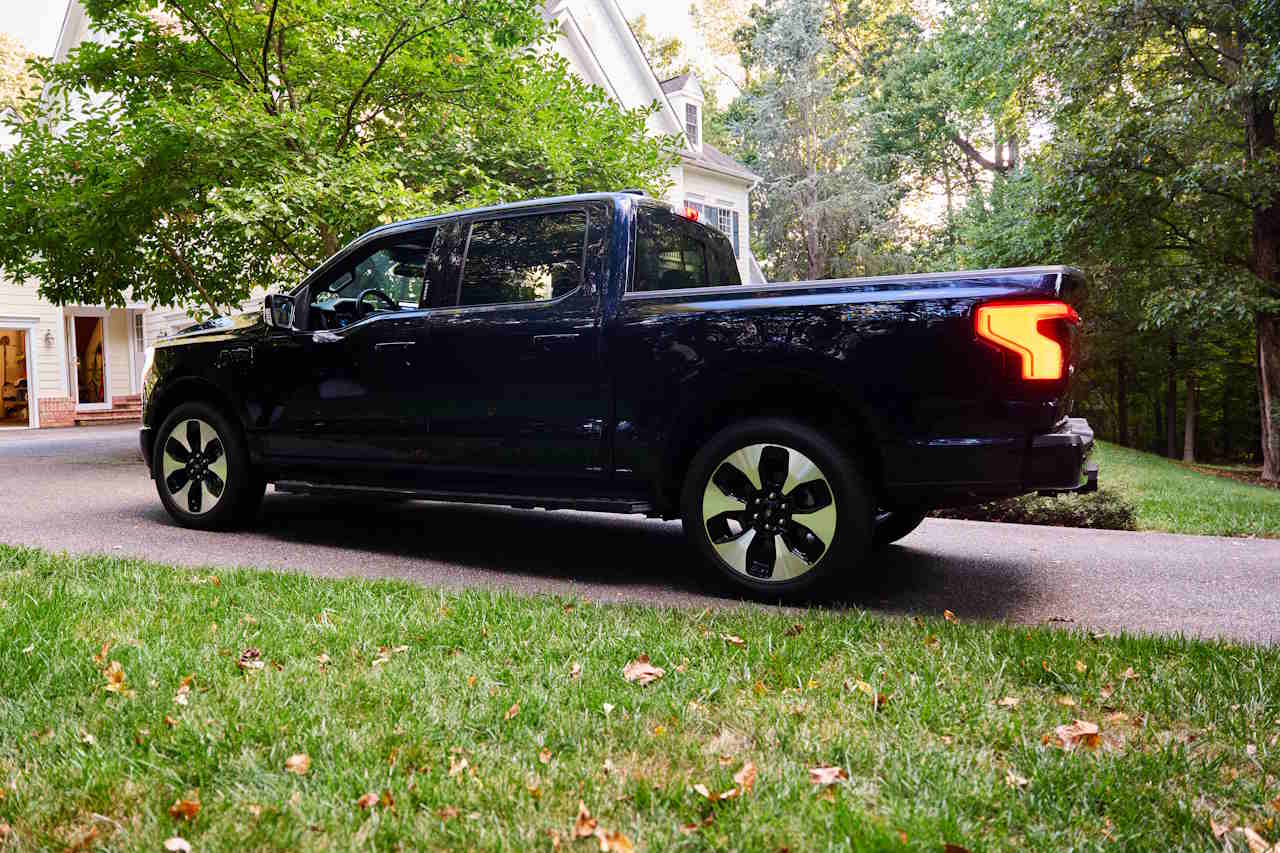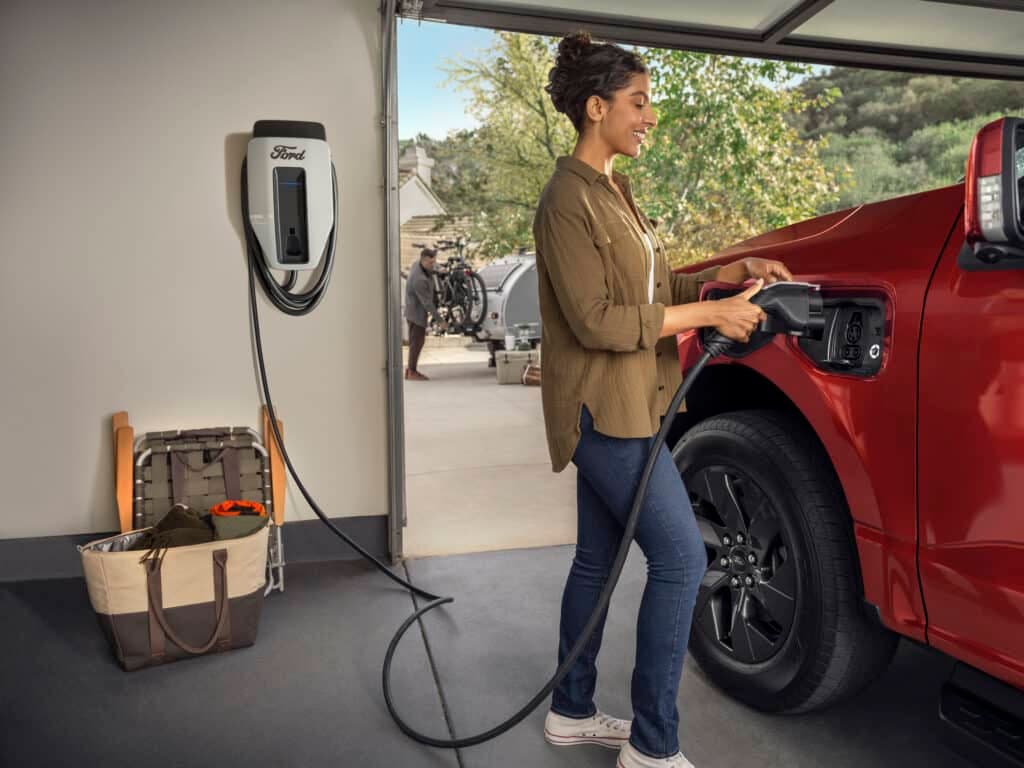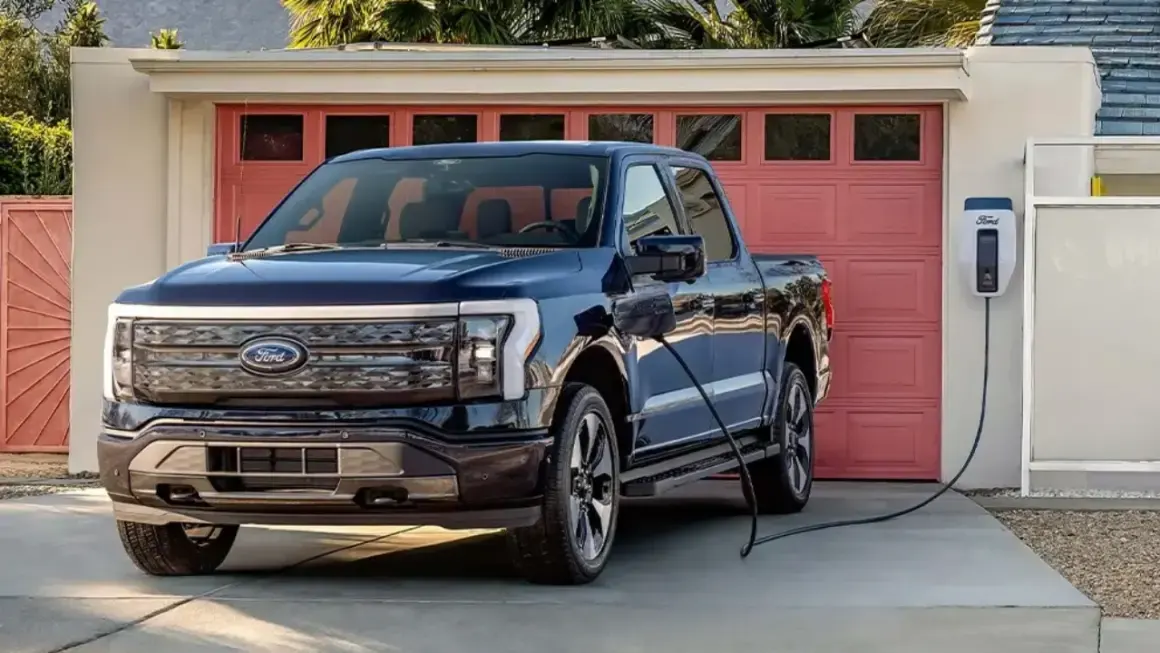Ford has unveiled what it clearly believes is the ultimate side hustle for the modern, ecologically conscious consumer: the F-150 Lightning as a four-wheeled power plant. Leveraging the truck’s massive 131 kWh battery pack, Ford is working with utility companies to allow owners to engage in vehicle-to-grid (V2G) programs.
The premise is to charge your truck with cheap electricity during the dead of night, then sell that energy back to the grid when peak demand hits and prices skyrocket. It’s the ultimate capitalist fantasy. Turning your driveway into a miniature commodities trading floor.

Ford’s existing Pro Power Onboard system already allows the truck to power your home during an outage, a genuinely useful feature. But this new, expanded capability moves the needle from “backup generator” to “voluntary infrastructure provider”. Ford confidently estimates that this clever home power management system can yield savings or credits of “about $500 per year” for the dedicated participant. That barely covers the insurance on the truck.
And here is where this beautiful vision of financial freedom violently crashes back to reality. The price of entry into Ford’s V2G club is astronomical. First, you need the truck, an F-150 Lightning starting near $63,345 (for the STX trim). Owners of the standard range battery must also pony up a cool $500 just to unlock the necessary Ford software. Second, you must purchase the essential hardware: the Ford Charge Station Pro ($1,310, though currently “sold out,” naturally) and the Ford Home Integration System, sold exclusively by Sunrun, which starts at $3,895 for the components alone.

The installation is where the real fun begins. Industry reports placed the total installation cost for the entire system at an eye-watering $17,340 for some customers, often involving essential electrical panel upgrades. Even subtracting those peripheral costs, the core integration and charging stations easily tally up to almost $10,000 for the setup.
In summary, Ford offers an “innovative” solution for saving “about $500 a year” on your electric bill, provided you first invest tens of thousands of dollars in a truck, proprietary hardware, activation fees, and a crippling installation cost. It’s a fantastic idea, assuming your long-term return on investment is measured in decades.
